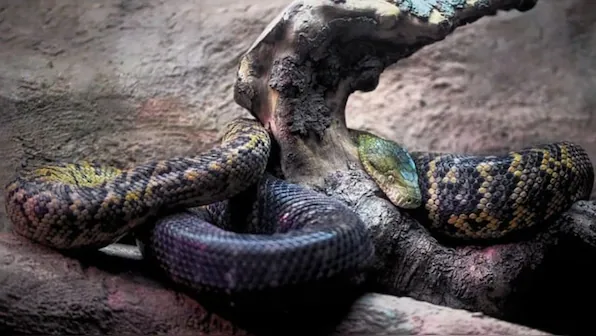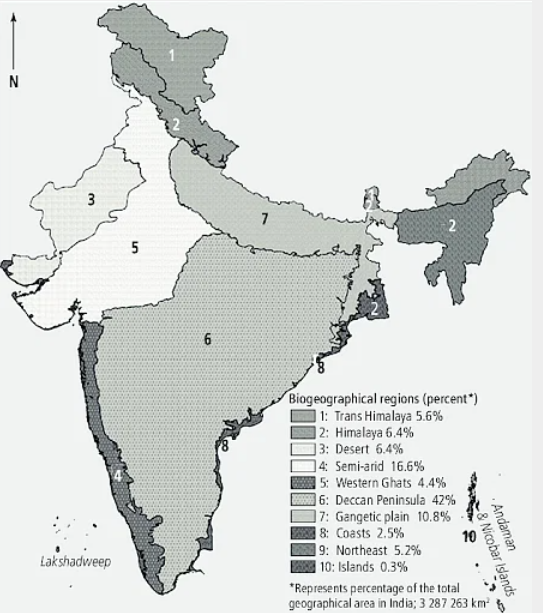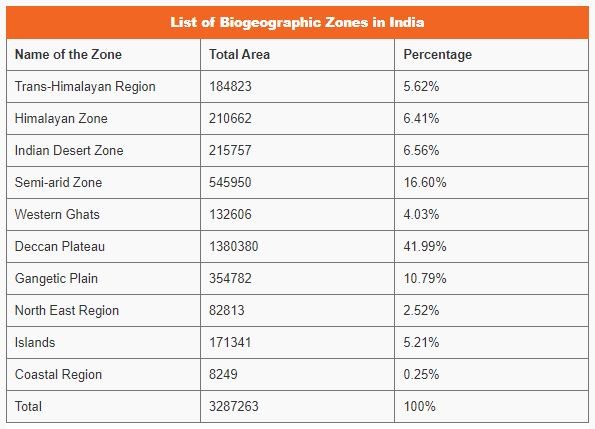





Disclaimer: Copyright infringement is not intended.
Context:
Vasuki indicus and its characteristics
Significance of Madtsoiidae:
Biogeography:


Source:
https://indianexpress.com/article/explained/brahmos-missiles-philippines-development-9280055/
|
PRACTICE QUESTION Q) Which of the following best defines Vasuki indicus, recently in the news? a) A new species of predatory snake discovered in the Amazon rainforest, known for its ability to climb trees and hunt small mammals. b) A subspecies of the Bengal tiger found in the Sundarbans mangrove forests, characterized by its unique stripe pattern and swimming prowess. c) A species of tiger cat identified in Brazil, distinguished by its small size, spotted coat, and adaptability to tree-climbing and hunting. d) An extinct species of giant snake discovered in the fossil records of India, believed to have roamed the subcontinent during the Eocene epoch. Answer: C Explanation: Vasuki indicus refers to a recently identified species of tiger cat, not a predatory snake, subspecies of the Bengal tiger, or an extinct giant snake. The tiger cat species, characterized by its small size, spotted coat, and arboreal hunting skills, was discovered in Brazil and reported in the news. Therefore, option (c) best defines Vasuki indicus. |







© 2025 iasgyan. All right reserved